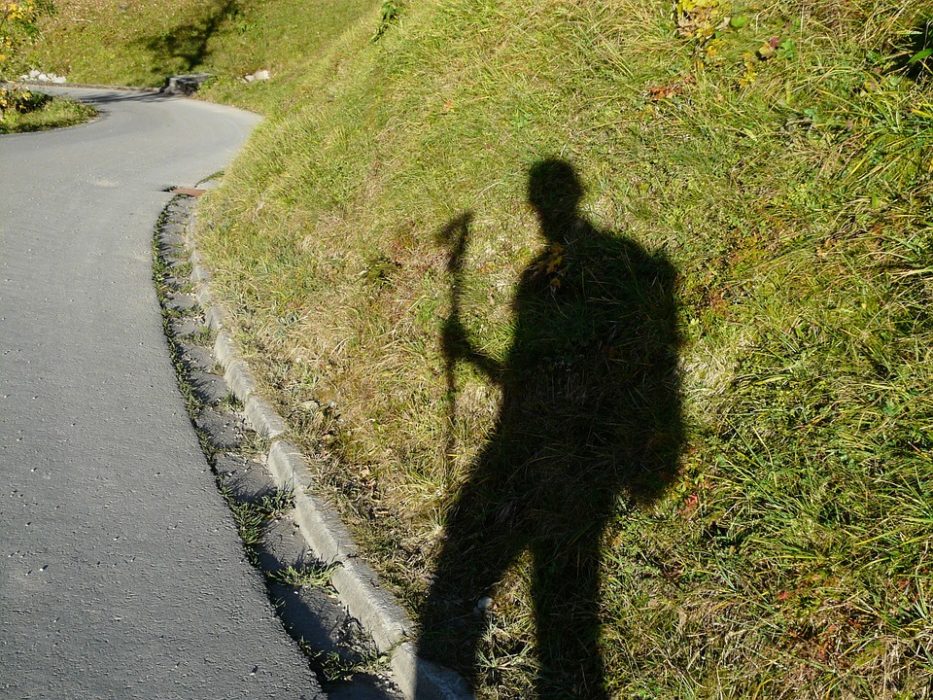
Common Hiking Injuries and How to Prevent Them
While hiking is definitely good for you, both experienced and beginner hikers alike could find themselves with an injury from time to time. For every hiker, there’s a couple of injuries that are very common to get during a hike. Though these types of injuries aren’t life-threatening, they can make the rest of your journey very uncomfortable. Therefore, these injuries are important to understand, so you can try to prevent them as best as you can.
Blisters
Blisters are one of the most common and most hated hiking injuries that you might be due to face sooner or later. Every hiker has dealt with blisters at least at one point in their trail experience, and we can all vouch that it doesn’t make for a fun trip. Blisters typically happen after the inside of your shoe has rubbed in the same area over and over again. If you get a blister, their quite easy to treat (if it doesn’t get infected), but wouldn’t it be nice to stop getting them altogether?
Prevention
To prevent getting a painful blister altogether, there are quite a few things you can do. The first would be to get a nice pair of hiking boots or shoes that are comfortable, and spend some time breaking them in before a hike. Also, while many people think that hiking boots prevent blisters, they can actually do quite the opposite if they aren’t right for your feet. Instead, consider buying sneaker-like trail shoes that are much more comfortable.
Still, getting a blister is sometimes inevitable no matter what shoes you’re wearing. Invest in a good pair of socks, like socks that are moisture-wicking in blister-prone areas. You can also buy a product like BlisterShield to rub on those vulnerable areas beforehand. Keep some athletic tape handy if you feel one coming on, too.

Skin Injuries
A skin injury can mean anything from a nasty sunburn or an itchy bug bite to a cut, abrasion, or an allergic rash. Like blisters, they are sometimes unavoidable, but there are ways to stop it in its tracks. Most of the time, skin injuries won’t lead to anything major, however, if you do suffer from severe allergies, it’s imperative that you have any medications (including Epinephrine) if you so require it. Additionally, bad sunburns can cause more problems later on, so you want to nip it in the bud while you still can.
Prevention
Skin injuries for the most part can be prevented. To prevent a sunburn, make sure you apply and reapply sunblock throughout your hike, and wear a hat and loose, long clothing. To prevent bug bites, apply bug repellent, and constantly check your body for ticks or more harmful bites. Keep a pair of tweezers to remove any dangerous bugs. Cuts and scrapes can happen from falling down, or loose branches. While you can’t always cuts from happening, you can prevent further infection by applying bacitracin and a bandage, and keeping dirt out of the cut. Poisonous plants like poison ivy can cause uncomfortable, and sometimes severe, rashes. Again, wear long, loose clothing, be aware of what these plants look like, and don’t wander off a marked trail.
Ankle Twists and Sprains
Ankle sprains are not unheard of while hiking, and they are one of those injuries that can really ruin an entire hiking trip. Ankle sprains can happen to anyone, but people who have experienced sprained ankles or broken ankles in the past may be more susceptible.
Prevention
If you happen to be hiking on a bumpy path with rocks everywhere, it’s advisable to look down more so than ahead of you. Try to watch where you step, as many ankle injuries happen from a misstep. Make sure your shoes have ankle protection, or consider wearing some kind of brace around your ankles. This especially goes for people who aren’t strangers to such injuries. Even consider bringing hiking poles to alleviate pressure of your ankles. Lastly, rest often if you feel like you might be at risk.

Joints
Joint injuries are painful and can have long term effects if not treated properly. The most common joint injuries happen in the knees and hips, but you can also feel pain in other parts of your body like your neck, shoulders, arms, and back.
Though you can’t grease up your joints like the Tin-man, one way to prevent injury to the joints is by getting in shape before a hike, and staying in shape throughout the off season. Make sure you stretch before and after every hike, and also take stretch breaks during your hike. If you really start to feel pain, you need to rest. Don’t push it, and don’t take on any hikes that might be too much for you. Every hiker needs to ease into the sport. Like with your ankles, use hiking poles to help the joints. You can also take anti-inflammatory medications or Ibuprofen to help.

There’s many injuries that can happen while out on the trail. While common, they aren’t exciting to have to deal with. Prevent these injuries early on so you can enjoy your hike to the fullest.













